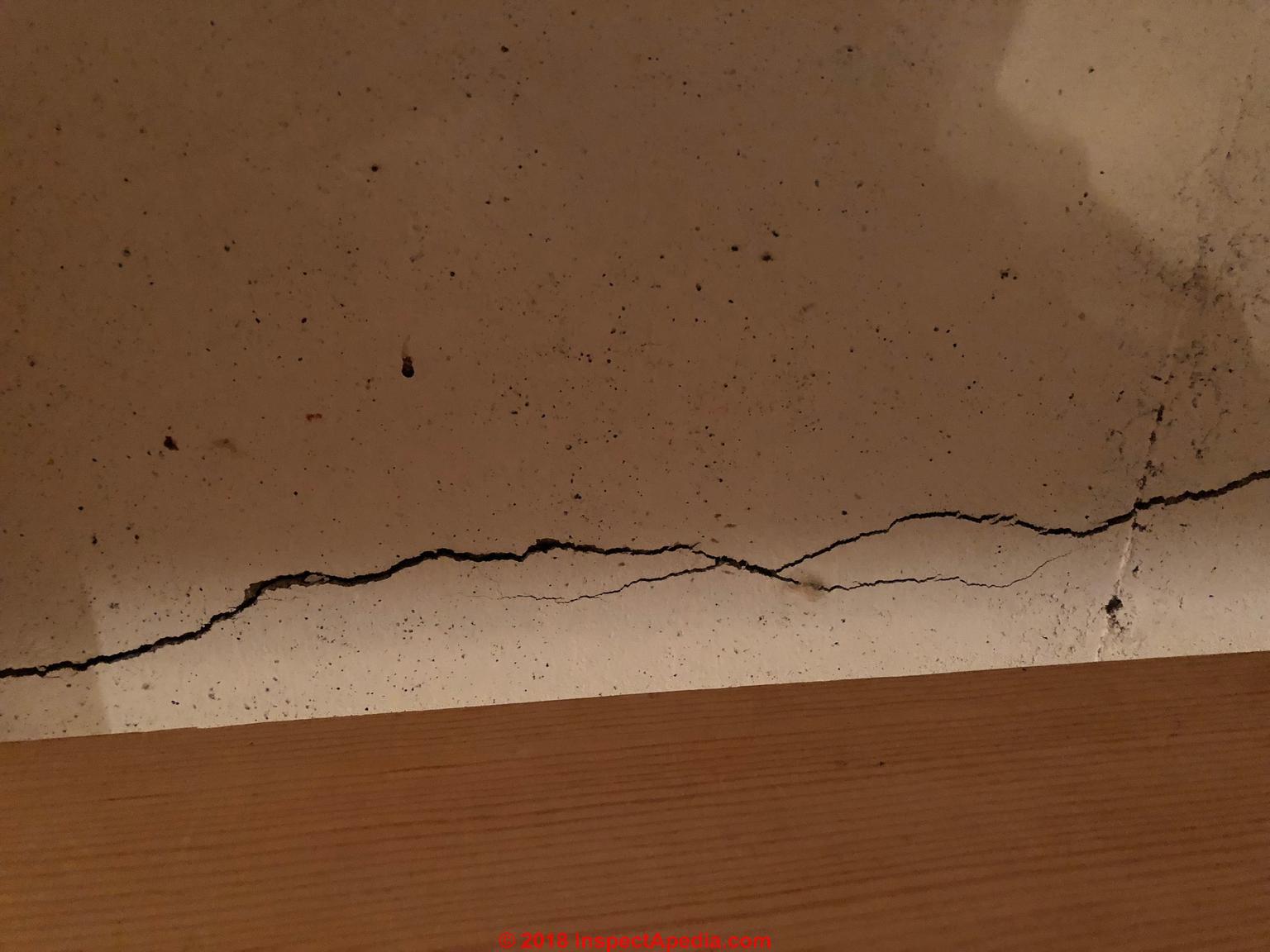

It is likely the CNC will have to take multiple passes to get it flat. Since you don’t want to take too much off, but still get it perfectly flat.

You will likely need at least an hour, if not two hours of time on the machine. The second downside is that a CNC isn’t particularly fast. These CNC lines are not a huge obstacle to overcome, just a little time consuming when it comes to sanding. Even a great CNC and operator will still leave a pretty evident grid line. Depending on how sharp your bit is, and how good your operator is, the CNC can cause small areas of tearout. The first downside to the CNC is that it doesn’t leave quite as nice of a finish as the planer/sander. Although if its super warped, you could end up with a pretty thin slab. It essentially acts like a huge jointer, so slab is too twisted/warped/cupped to be flattened by a CNC.

This is especially useful for those slabs that are too twisted to run through a planer. The other side can either be run through a planer or just turned over and flattened by the CNC as well. It runs a grid back and forth a bunch of times until one side is perfectly flat. CNCĬNC flattening is basically a big computer operated router that has a flat surfacing bit attached. With any luck they have a similar planer or wide belt. So my recommendation is to first ask your slab supplier if they can flatten both sides for you. The downside for most of you, is that these planers cost over $50k, and are completely out of the reach of most everyone reading this. So more often than not, I am able to put any slab though this planer and have it come out perfectly flat on both sides. Its also does and amazing job at removing those twists and cups better than any planer I’ve used. So it leaves a remarkably good finish when its done. So your slab get planed, sanded to 80 grit, then sanded to 120 grit, all in one pass. The commercial shop I rent time out has an exceptional 50” planer that also has two wide belt sanders built in. The problem with live edge slabs is that many are far too big to fit on a jointer. Normally to remove twists and cups, a decently equip shop will run one side of a board over a jointer, then the other through the planer. The same generally goes for planing twisted and cupped slabs. The downside to using a planer is that you need a pretty flat slab to begin with Just like when planing any board, if you send a curved board into a planer, what comes out is a thinner curved board. Marking a grid with chalk is a good way to track your progress and ensure you get the entire face. You simply run your slab through the planer at a commercial shop, alternating sides, until you have a smooth piece of wood with no low spots. Therefore it is likely the cheapest option. It also works the fastest of any of the methods I’ll discuss. It delivers the best finish, which means the least sanding for you. A large planer or wide belt sander is my first choice.


 0 kommentar(er)
0 kommentar(er)
